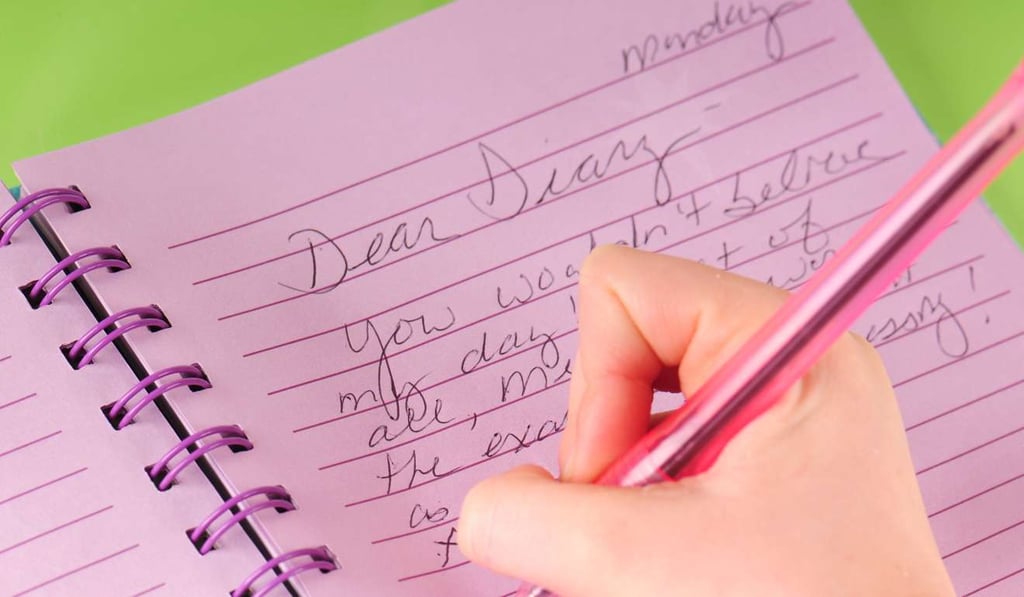Why digital natives must still learn handwriting: so they can pass Hong Kong exams (and write birthday cards)
Children sometimes struggle to write joined-up letters in their early years in primary school, but they should master cursive handwriting because it helps them think – and they’ll need it in exams

A Hong Kong parent writes: my son could write all the letters of the alphabet by the age of four. His Year Two teacher says he needs to join up his letters, but he wants to keep them separate. The pressure to join them up is making him reluctant to write. How important is cursive writing?

Much of the educational research about writing highlights the value and importance using cursive handwriting. Studies show that joining letters not only helps to increase the speed at which children work but crucially aids their mental processing skills, helping them to think more fluently.
Additionally, it has been shown that cursive writing helps children improve their spelling accuracy. Writing letters in groups that have meaning (phonemes) rather than in isolation can aid the long-term memory of spellings and also builds up comprehension skills.
However, cursive writing can feel confusing and a little overwhelming to start with. Your son has gained confidence in writing each letter of the alphabet as a separate entity and has grown used to printing letters over several years. Therefore it’s perfectly normal for him to find the transition to cursive writing difficult. He will probably take a short dip in confidence until he masters the skill – which only comes with practise.